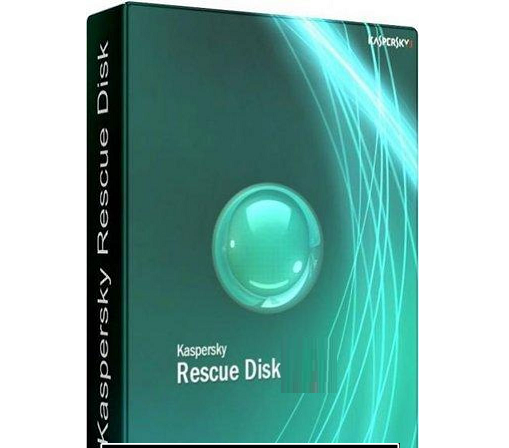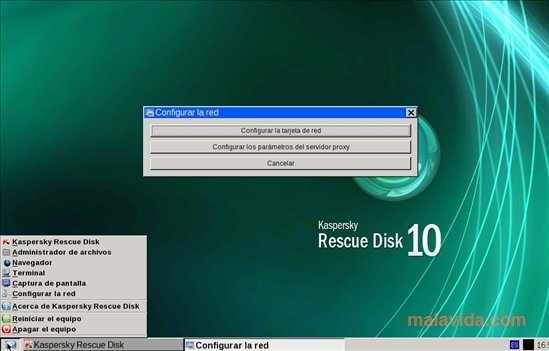

- #Kaspersky rescue disk review Pc#
- #Kaspersky rescue disk review license#
Next you will see the License Agreement – you will need to press the ‘A’ key to accept the agreement and proceed from here.
#Kaspersky rescue disk review Pc#
Once the PC has booted you will see the Startup screen below, for the purposes of this tutorial you will need to select the ‘Graphical Mode’ option and press ‘Enter’ Once you have started the boot process form the CD you will see a screen with a countdown something like the one below – press any key on the keyboard before the countdown reaches zero to boot the CD, if you don’t press a key in time, the PC will boot the hard drive as normal instead.

Once you have a physical rescue disk in your hand, the next step is to boot your PC, from the disk, this involves having the CD in the drive when you power on the PC, and then booting in to the disk (Note – depending on your system set-up you may have to change the boot order on your PC, this is usually done either with an ‘F’ key press at startup, or by changing the BIOS, as all PC’s are different it is impractical in this tutorial to provide exact instructions for your PC).
 If you know someone with a clean PC running Kaspersky, then you can use that installation to create the rescue disk ( Click here for the Kaspersky webpage with instructions). You can download the ISO from Kaspersky and then burn it to a CD to create a Rescue Disk ( Click here for the Kaspersky webpage with instructions for downloading). If you own a disk that you purchased, then this is already a rescue CD and can be used to boot your PC. There are three ways that you can get your hands on a Kaspersky Rescue CD Obtaining and using the Kaspersky Rescue Disk One of our favourite and tools for doing this scan is the Kaspersky Rescue Disk, which is a bootable CD containing a Linux based version of the well respected Internet security suite. But, If you don’t boot into the Operating system first, the malware cloaking isn’t running and detection is actually much easier. This technique is preferable to booting in to the operating system first and then scanning as there are some types of malware (known as ‘Rootkits’) that are able to hide themselves from the operating system at boot up time, and thus avoid detection. This is usually accomplished by having a recovery CD (or USB Stick) onto which a recovery system has been installed, and booting the machine from that disk. Offline scanning is a term used to describe the process of scanning a computer for malware without booting up the operating system installed on that computer. What is offline scanning, and why is it better? If you have become infected with any kind of computer malware the best way to clean the infection is to use an ‘offline’ Scanner and removal tool rather than one running though the operating system itself.
If you know someone with a clean PC running Kaspersky, then you can use that installation to create the rescue disk ( Click here for the Kaspersky webpage with instructions). You can download the ISO from Kaspersky and then burn it to a CD to create a Rescue Disk ( Click here for the Kaspersky webpage with instructions for downloading). If you own a disk that you purchased, then this is already a rescue CD and can be used to boot your PC. There are three ways that you can get your hands on a Kaspersky Rescue CD Obtaining and using the Kaspersky Rescue Disk One of our favourite and tools for doing this scan is the Kaspersky Rescue Disk, which is a bootable CD containing a Linux based version of the well respected Internet security suite. But, If you don’t boot into the Operating system first, the malware cloaking isn’t running and detection is actually much easier. This technique is preferable to booting in to the operating system first and then scanning as there are some types of malware (known as ‘Rootkits’) that are able to hide themselves from the operating system at boot up time, and thus avoid detection. This is usually accomplished by having a recovery CD (or USB Stick) onto which a recovery system has been installed, and booting the machine from that disk. Offline scanning is a term used to describe the process of scanning a computer for malware without booting up the operating system installed on that computer. What is offline scanning, and why is it better? If you have become infected with any kind of computer malware the best way to clean the infection is to use an ‘offline’ Scanner and removal tool rather than one running though the operating system itself.







 0 kommentar(er)
0 kommentar(er)
